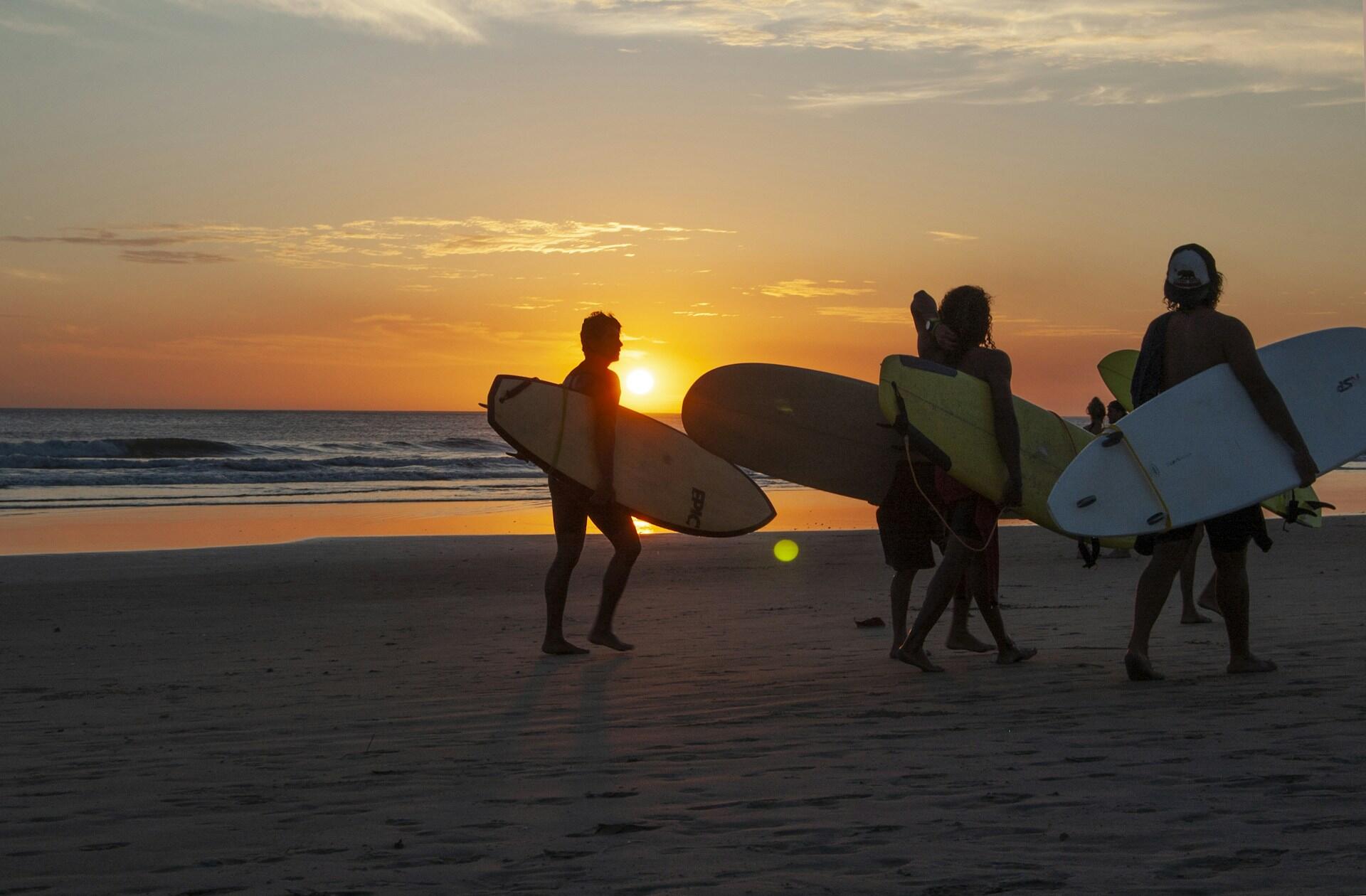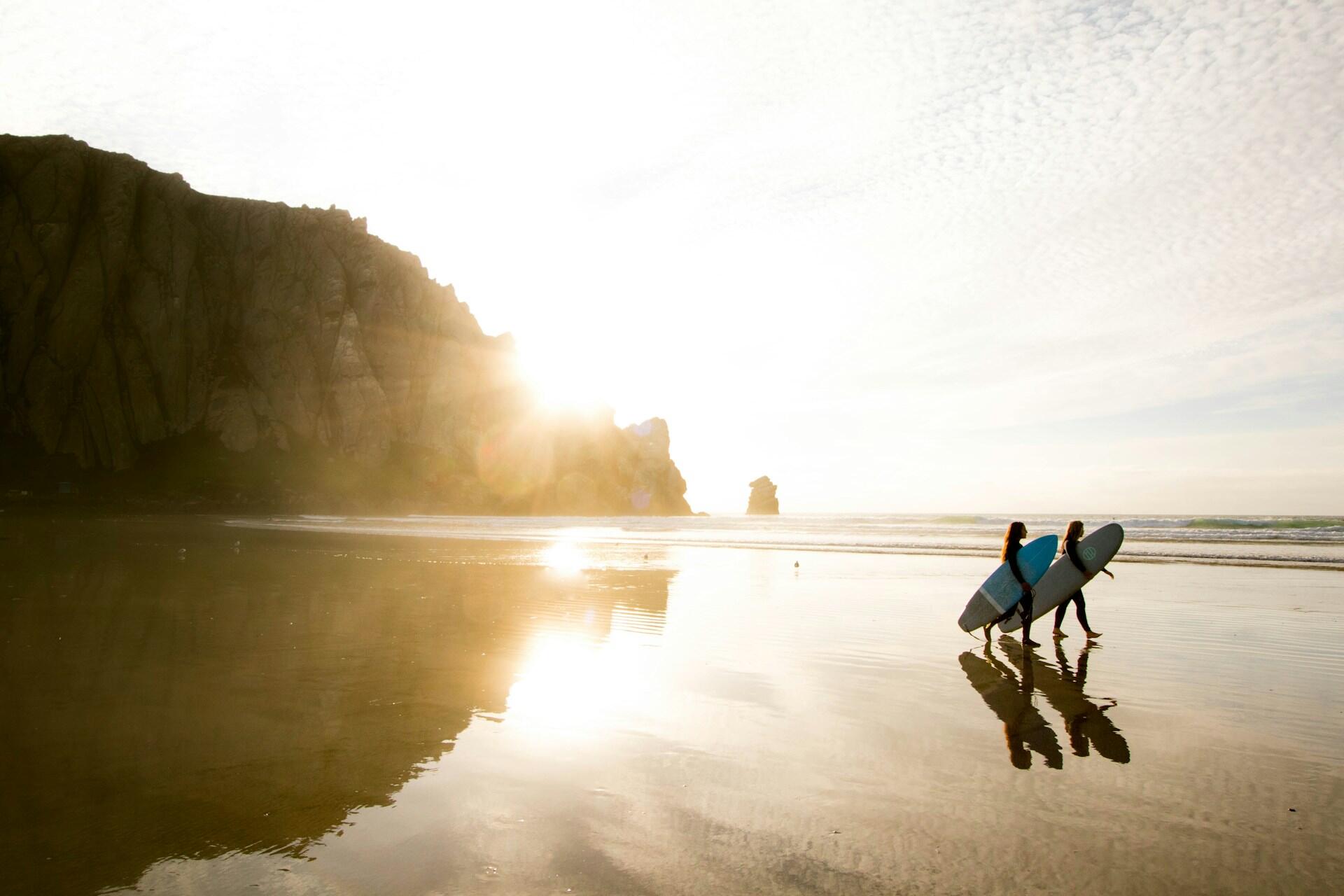A sport, a culture, and a way of life, surfing is more than just riding waves on a board. Let's explore what exactly it is, how it came to be, and what makes it so special and good for you! This is surfing.

What Is Surfing?
Put simply, surfing is riding waves on a specially designed board (or without one in certain types of surfing). Surfers usually paddle out into the ocean or sea, position themselves in the path of a breaking wave, and ride it back to the shore using a combination of skill, balance, and timing.
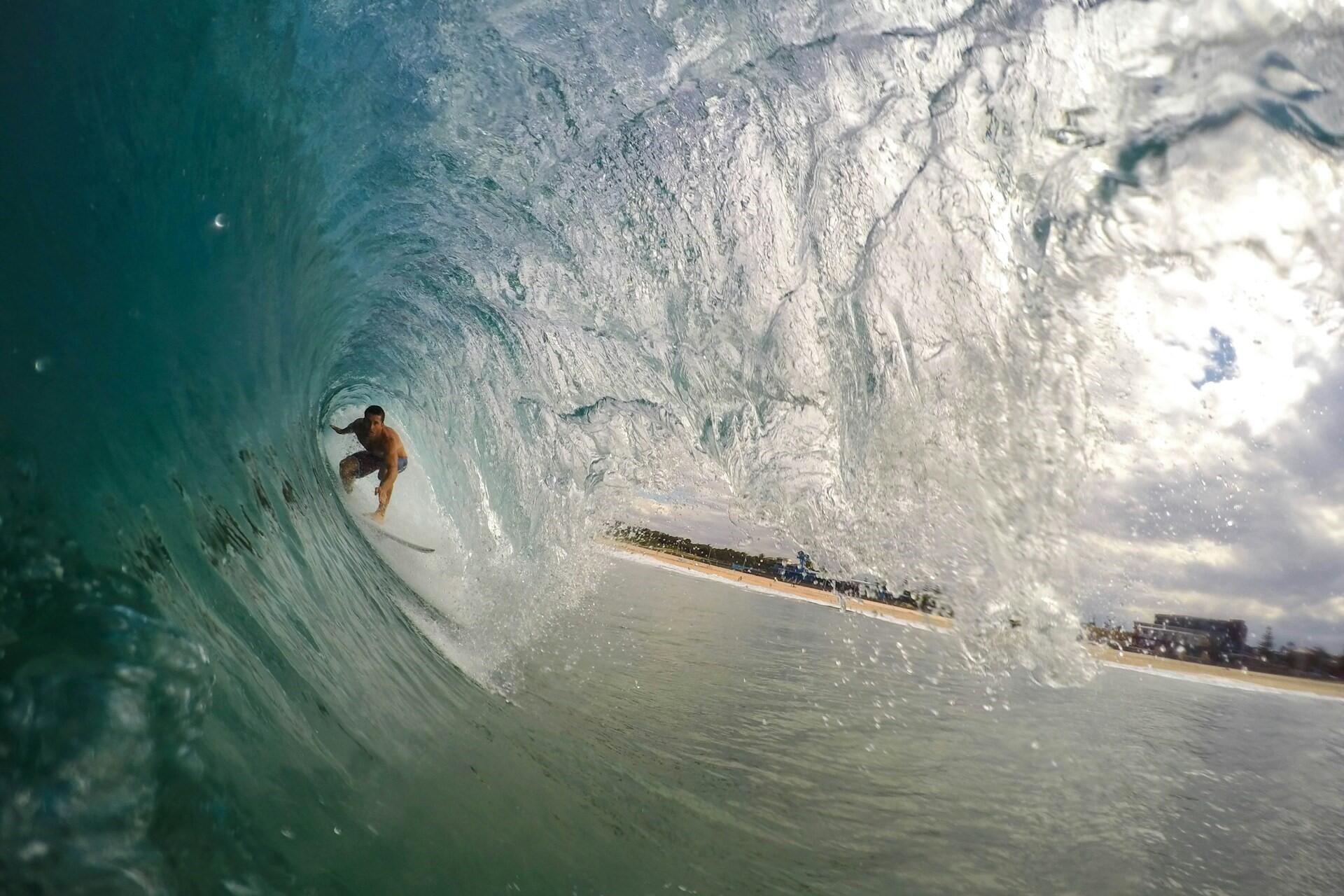
Surfing is more than just standing up on a surfboard, though. Surfing is thought of as both a sport and a lifestyle. Some choose to surf competitively with pro circuits like the World Surf League (WSL), international tours, and performance-driven equipment. Others treat it as a personal expression, a way to connect with nature, and an opportunity to enjoy time in the water in some of the world's most beautiful places.
Surfing is also about community, with a broader surf culture surrounding the activity. After all, surfing inspired movies, musical genres, and a complete lifestyle. Surfing can be emotional, personal, and so much more.
Surfing is both a sport and a lifestyle that involves riding waves using specially designed boards (or even no board at all). It’s about balance, nature, community, and personal expression.
A Brief History of Surfing
Surfing history starts with the ancient surfing practices of Polynesia. Initially, it wasn't a hobby or a sport but rather a sacred cultural tradition. Chiefs and commoners would ride wooden boards (admittedly, different ones) in a way that honoured the ocean, demonstrated skill, and connected with nature. These traditions would eventually reach Hawaii, where surf culture would become an integral part of everyday life.
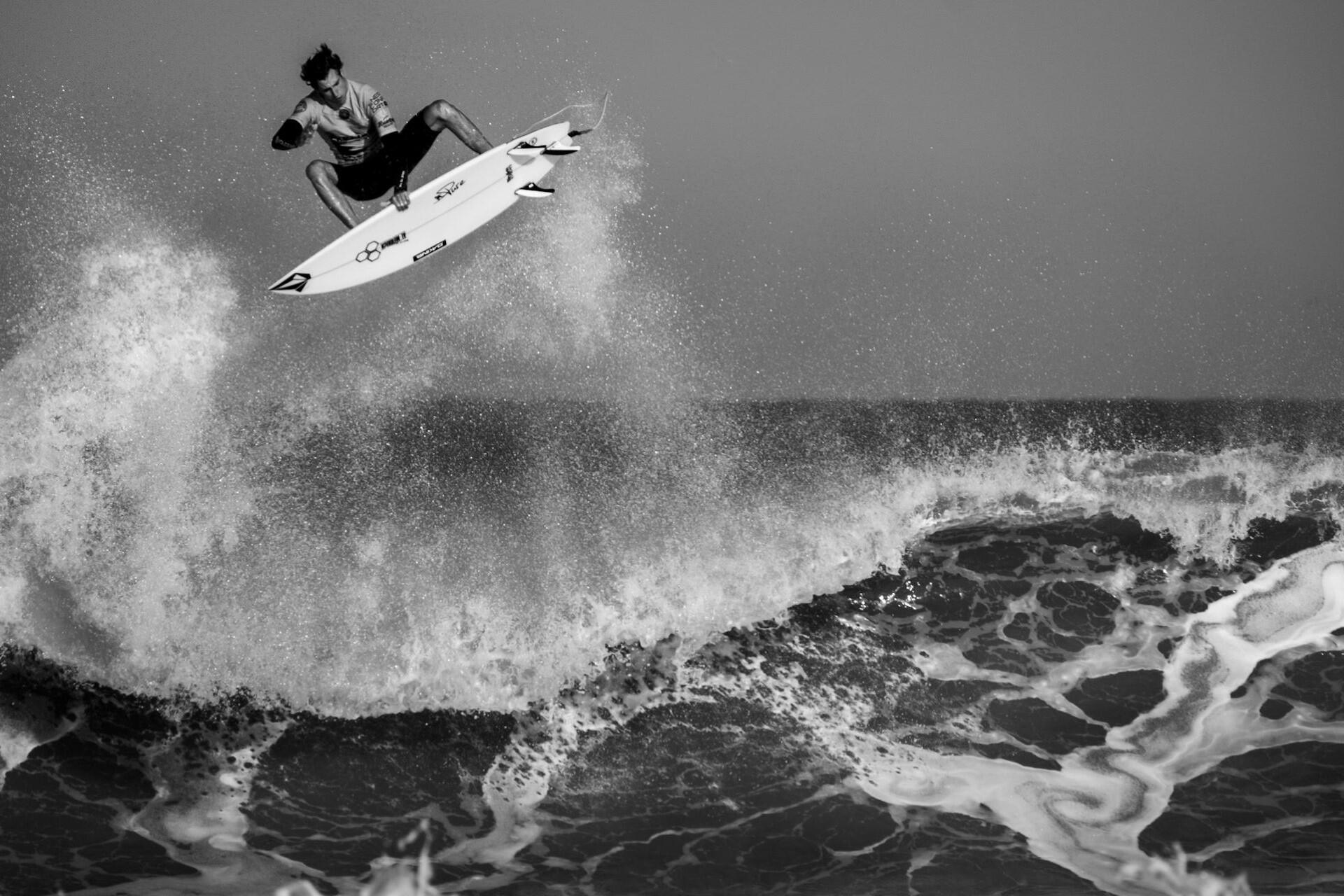
European explorers first encountered surfing in the 18th century, but they sought to repress it and many other aspects of indigenous culture in Hawaii and other Pacific islands. However, surfing would make a comeback in the 20th century, especially when the Hawaiian Olympic swimmer helped reintroduce surfing to the world with exhibitions in California, Australia, and beyond.
Since then, surfing has become hugely popular in California and Australia, before spreading to other parts of the world with suitable conditions for surfing. During the post-war boom of the 1950s and 1960s, in particular, surfing shifted from a casual pursuit into a more serious one, evolving into a modern, international sport. It's now an Olympic event and a global phenomenon with many different ways to practise it.
Ancient Times
Polynesian Origins
Surfing was a sacred ritual with deep cultural and spiritual significance in Polynesia, especially in Hawaii.
18th Century
European Suppression
European explorers attempted to suppress indigenous surfing traditions, seeing them as uncivilised.
Early 20th Century
Reintroduction by Duke Kahanamoku
Hawaiian Olympic swimmer Duke Kahanamoku brought surfing to global attention through demonstrations in California and Australia.
1950s–60s
Post-War Surf Boom
Surfing exploded in popularity in California and Australia, transforming into a modern sport and influencing global culture.
Today
Global Sport & Lifestyle
Now a worldwide activity, Olympic sport, and cultural identity, surfing continues to evolve in form and function.
The Cultural Significance of Surfing
Surfing evolved from a sacred practice to an international sport, but we can't forget its origins. The original Hawaiian surfers honoured the ocean with their surfing, with chiefs (ali'i) riding the longest and finest boards. The boards themselves would be shaped in a spiritual process involving different rituals and prayers.
Today, surfing remains a significant cultural phenomenon. Surf culture is connected to places, traditions, and a shared understanding of the sea among surfers themselves. In addition to the broader surf culture, local areas such as Hawaii, California, and Portugal have their own distinct local surf cultures, which come with their own art, music, language, and expected surfing etiquette. Generally speaking, surfing is a global culture of freedom, creativity, resilience, and respect. Surfing has never been solely about sport or competition. Surfing has always been about communities, humanity, and nature.

Different Types of Surfing and Styles
As you delve into surfing culture, you'll discover that there's more to surfing than simply riding a board back to shore. There are many different types of surfing which vary according to equipment, technique, and approach. As surfing became more popular, it evolved into other ways for people to interact with the ocean, as well as rivers and even artificial waves.
There are distinct challenges associated with each surfing style. Some styles focus on speed and tricks, while others are more geared towards personal enjoyment. When it comes to surfing, there's a style for everyone!
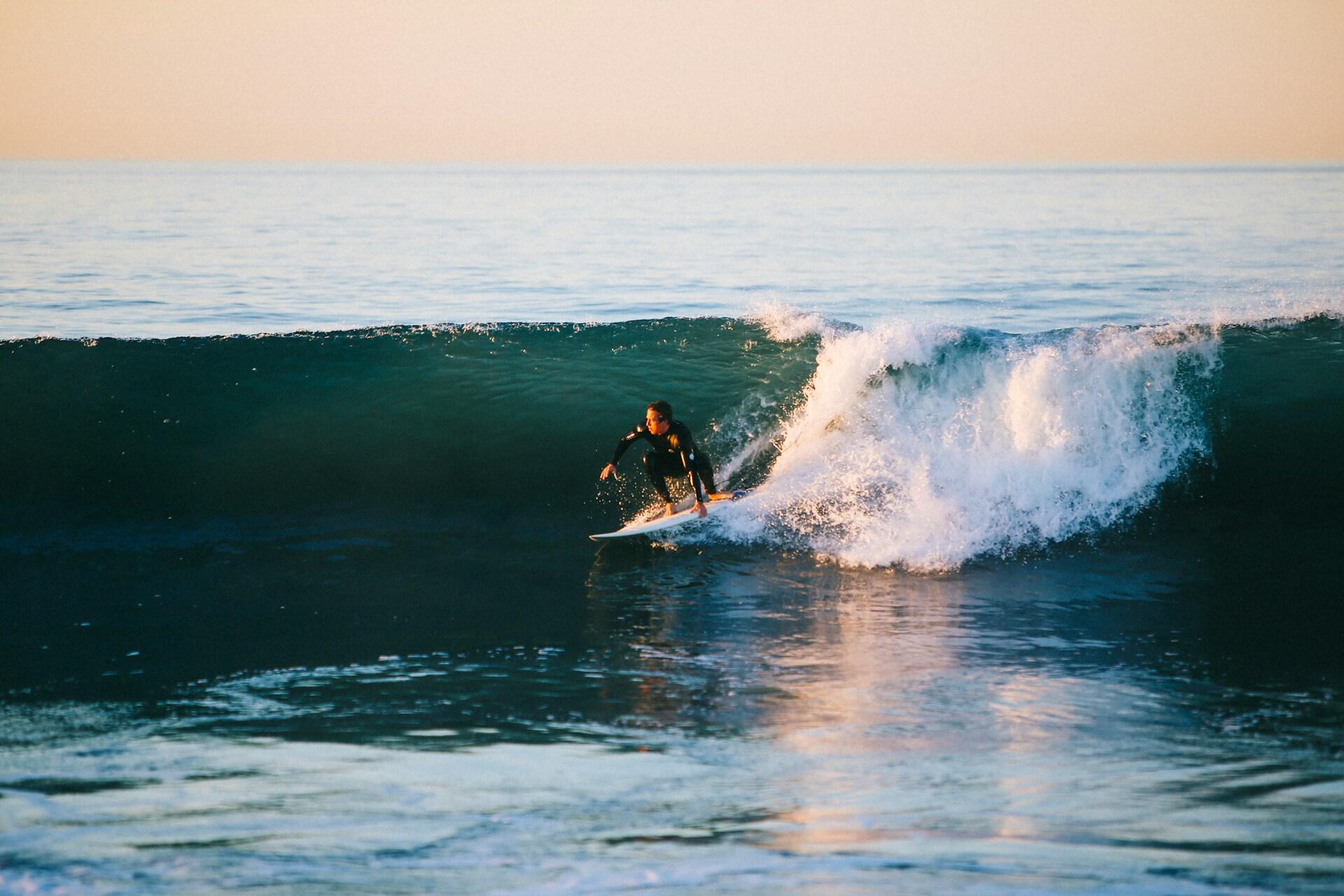
Surfing as a Lifestyle
It's hard to surf and not become a surfer. Surfing is more than just a hobby. It's often a lifestyle that revolves around the tides, swell charts, and wind conditions. You can't just catch waves; you have to show up, watch the sea, and be part of the community.
The surfing lifestyle quintessentially involves coastal living, early mornings, sandy car seats, and weathered surfboards in your garage. It's typically casual and unhurried, but don't let that fool you because it's also about commitment. Surfers must adjust their schedules to optimal conditions so they can chase the best breaks.
Since surfing is such a huge commitment, the culture has extended beyond the activity itself. The surfing lifestyle has influenced fashion, music, travel, and even the way people think. Whether you're a beginner or a pro, the surfing lifestyle is part-hobby, part-identity, and everything in between.
The Health Benefits of Surfing
Even if you're not drawn to the idea of the lifestyle or the broader surfing culture, surfing's benefits are enough to consider taking a surf lesson. Surfing comes with so many benefits for the mind, body, and soul that you really have no excuse not to start.
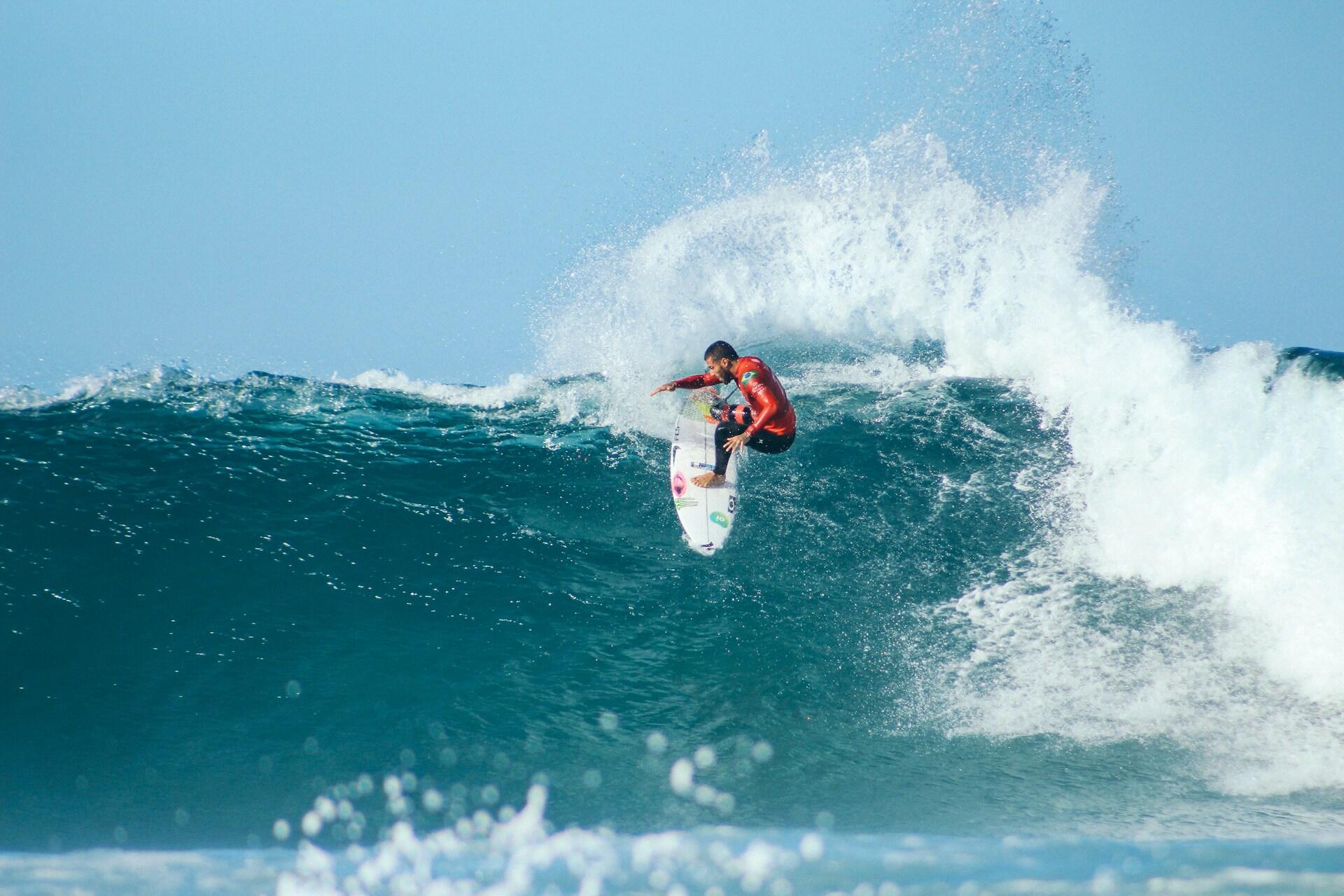
For one, surfing builds strength, stamina, and coordination. Paddling works your shoulders, back, and arms, while standing and riding improves your core strength, balance, and lower-body control. Then there's all the cardiovascular exercise you get during a session.
So, how many calories does surfing burn? This is affected by factors such as your weight, intensity, and the duration of your surf session. Still, it is typically between 250 and 500 calories per hour. You'll have too much money to notice, though!
per hour of surfing.
Beyond the physical benefits, there are also mental health benefits. Much like any physical activity, surfing is suitable for your mental health, but being in the ocean can reduce stress and boost your mood. Most surfers say it helps with anxiety, depression, and even sleep.
Getting Started: What New Surfers Should Know
So surfing's good for you, it's a great way to become part of a global community, and there's a type of surfing out there for almost everyone. So what are you waiting for? Start surfing today.
Begin by ensuring you understand what you're doing. You have to be aware of surf rules and etiquette, first and foremost, so that you can participate safely and without irritating more experienced surfers. The community is very welcoming, but you can't just paddle into a surfing lineup and start stealing waves.
Once you have an idea of what you're doing, it's recommended that you start with soft-top longboards. These are more stable and forgiving than shorter, high-performance boards. That isn't to say that you can't start with them, but it isn't recommended. Speak to a surf tutor or teacher and ask their advice.
Be cautious of the conditions as well. Surfing, like any other activity in the ocean, can be dangerous. Be mindful of your own ability and the conditions. The more you go surfing, the more you'll start to understand conditions, and if you have any doubts about the conditions, don't risk it. You can always build up your confidence to more challenging conditions. There are no prizes for heading out in conditions beyond your ability.
Get Inspired by Surfing
Surfing has been around for hundreds of years, but it feels anything but old-fashioned. It's fresh, free, and fascinating, and every session can offer something new, and it's liberating. Whether you're looking for a challenge, drawn to the health benefits, or simply love being by the ocean, everyone who can should try it.
If you're unsure about how to get started, consider finding a private surfing tutor on Superprof. There are surf tutors all over the country ready to help you, and with many offering the first session for free, you could even try out all the different types of surfing.
Just search for "surfing" where you live. You can start browsing the different tutors' profiles today, where you can compare what they offer, what they charge, and what their other clients had to say about them. Enjoy!
















